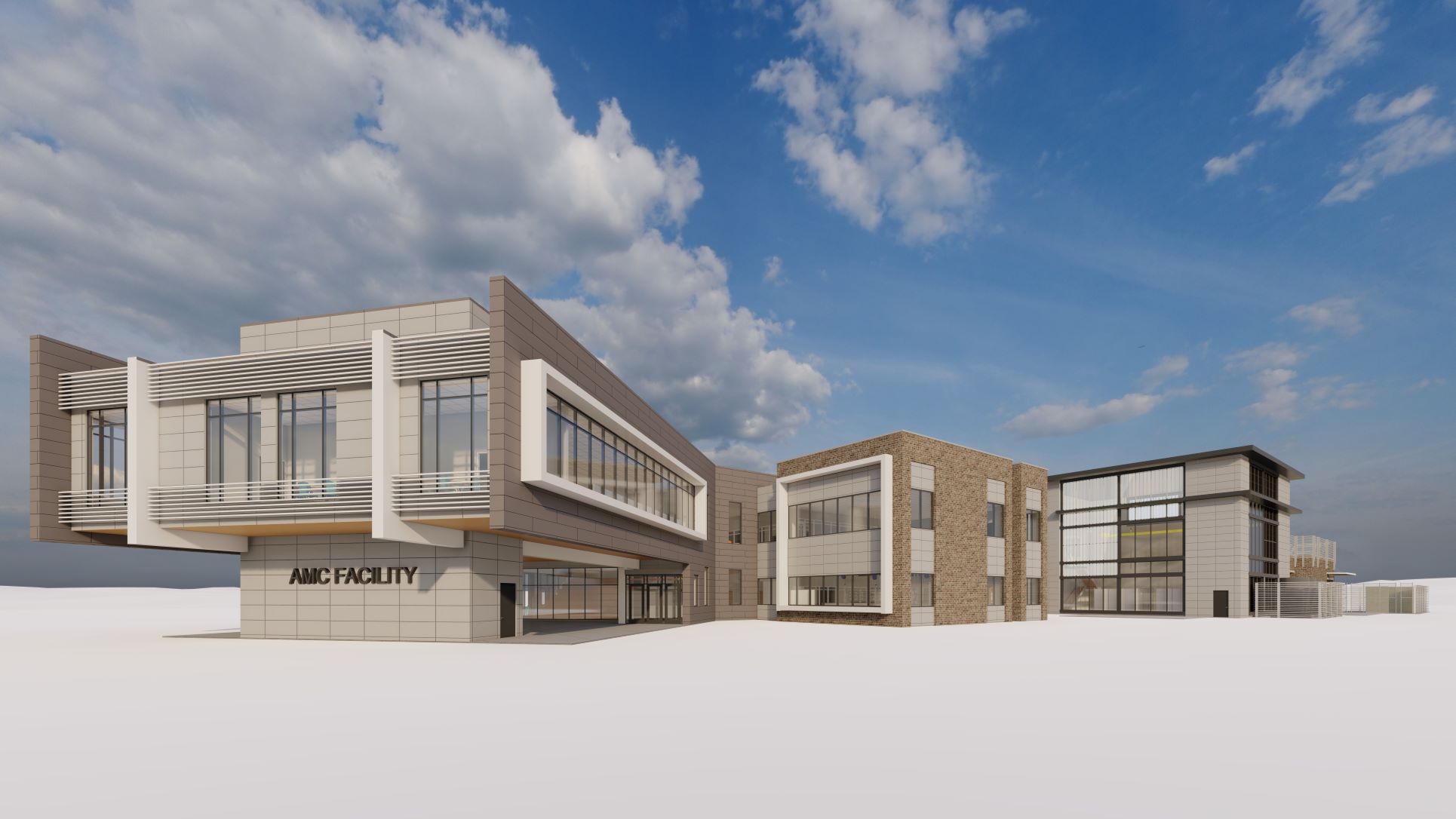
Auburn University Advanced Structural Engineering Laboratory
Auburn, Alabama
With the construction of Auburn University’s 41,500 SF Advanced Structural Engineering Laboratory Auburn University’s College of Engineering has one of the top testing laboratories in the country. This laboratory proves to be instrumental in preparing students for their future careers as engineers. The state-of-the-art engineering testing facility includes a high bay laboratory with specially engineered floors and walls capable of handling extreme structural testing load. The facility also includes
a 4,700 SF geotechnical test chamber, concrete materials research and testing laboratory, wind testing facility, and faculty and graduate student spaces.
The Structures Lab allows for testing of much larger size structures and more significant loads than the former Structures Lab. This testing capability helps in students’ understanding of how different forces are applied to structures and how these structures react to the loads. This offers useful hands-on experience and revolutionizes the testing that this facility provides. Previously, the former facility could only test one beam at a time. With the capabilities of the new facility, students are able to test frames and long span girders that are full-scale size.
The facility also provides a great avenue for faculty research. The goal of this facility is toprovide testing capabilities that will improve infrastructure nationwide. It will allow the University to conduct research that will lead to more efficient decision making in infrastructure and building design.
The facility features several components, each having a different function. The administrative area serves as an open collaborative space for the civil engineering graduate students. Adjacent to this space is the civil engineering faculty offices, which iss strategically placed next to the graduate student workspace for purposes of proximity if students have questions about course assignments or testing. This faculty space connects to the Structures Lab, which includes the highlight of the project, the strong wall and strong floor. The capabilities associated with these two elements are unique in that their size makes them among the most impressive in the country. These two elements have an incredible structural capacity, and are able to test full length bridge girders on the strong floor, which would not have been possible in the previous Structures Lab. This not only allows the students to have hands-on experience with more full-scale testing, but can increase the faculty’s research funding due to the increased capability to conduct different testing.
The Structures Lab also includes a wind testing bay, which is used for studying the effects of wind on structures. Another unique feature of the testing lab is a geotechnical pit, which allows for testing of different types of foundations systems and how soil interacts with these foundations systems. Faculty and students are able to fill this 20 foot deep pit with different types of soil strata and test those soil elements to see how footings and structures bear on those soils.
The Structures Lab also includes several fabrication bays around the perimeter of the building. These bays are used to store all the testing equipment that is used on the strong wall and strong floor. Additionally, these bays are equipped with the tools required to compete in civil engineering competitions such as the American Society of Civil Engineers (ASCE) Concrete Canoe competition. The backside of the facility features the concrete testing lab, where different admixtures and concrete mixes are studied.





